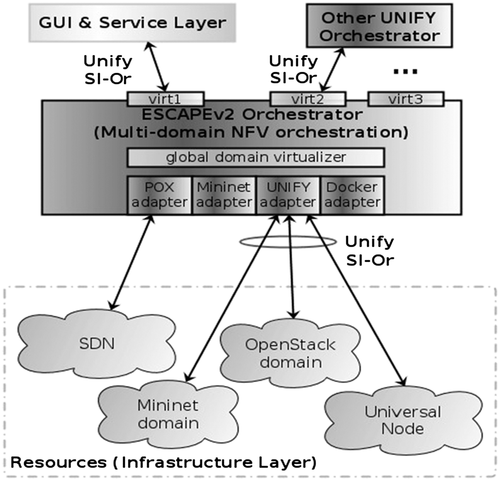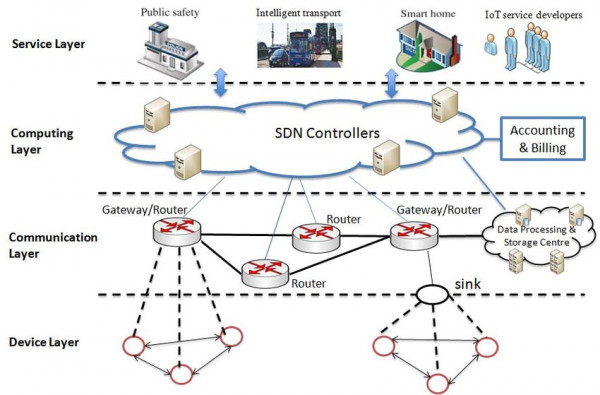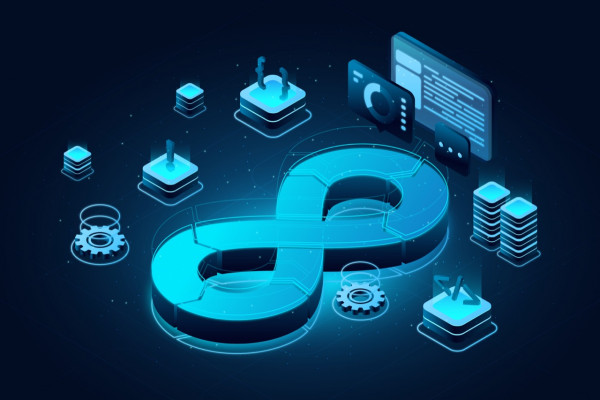While legacy system architectures are playing games to date, a new approach has been born and is setting new and incomprehensible goals. The truth is legacy systems are hard to deal with. Having to use the same products with only a couple of upgrades isn’t always textbook. Besides, the in-silo progress of these systems can’t be shadowed. With improper inter-communication between different enterprise software models, redundancies easily make their way into the entire system.
This is where the approach of building a multi domain software product steps into the concept of digital transformation. Each domain, like campus, network, security, data centers, etc, has its individual operational routes. Apart from this, a reduced flowchart of other domain routes is obtained. Both flow structures are combined logically so each domain can have a logical view of the entire network.
While multi domain software architecture does sound relevant, developing and implanting it is not easy. Several things are going on behind the curtain that should be addressed at the earliest. That’s why most IT consulting firms ensure to build a proper strategy. In this discussion, we shall shed light on a few practices that have proven fruitful in multi domain software product engineering.
Defining the present and forecasting the future
An IT services provider draws two paradigms — the present and the expected future IT domain infrastructure. This parallel study is crucial for understanding the gaps between how different domains are performing presently and the expectations. The studies make it easier for an IT consulting professional to look into faulty systems.
For example, let’s say an enterprise currently operates according to an all-access cloud data center architecture. But they want a more secured and access-controlled cloud model in the future. To achieve this, an IT service management company shall look into the present cloud operations and access management software while listing future requirements. With two parallel studies, they can understand which domains need to be improved further.
Outlining needs, solutions, and roadblocks
Another best practice adopted lately is outlining the business requirements, present roadblocks, and the probable IT solutions. For example, one needs to overcome manual intervention to integrate cloud computing and data security domains in the multi domain software architecture. With the help of cloud IT solutions, automation can be implemented. This way, all domains will interact with each other automatically without any manual effort.


Researching different multi domain architectures
The concept of multi domain software product engineering is still in its nascent stage. As a result, opting for the trial and error method sounds more feasible. Most digital consulting services concern the development of different multi domain architectures. With market analysis, organizational capabilities, and most feasible IT solutions, one can easily understand which architecture will be more feasible.
This also helps determine what architecture will introduce faster and stronger communication between different software domains.
Incorporating features for future development
With the help of software consulting, it becomes easier to facilitate future technology adoption into multi domain software product architecture. For instance, scalable domains give the enterprise IT services more leverage to add upgrades on-the-fly. It further reduces the need to develop an all-new multi domain architecture and start from scratch.


Key takeaway
Despite the varied approaches, IT service management’s responsibility is to facilitate interconnection between different software domains. This specific approach sings unity and defines the dependency of each software block on the other.



